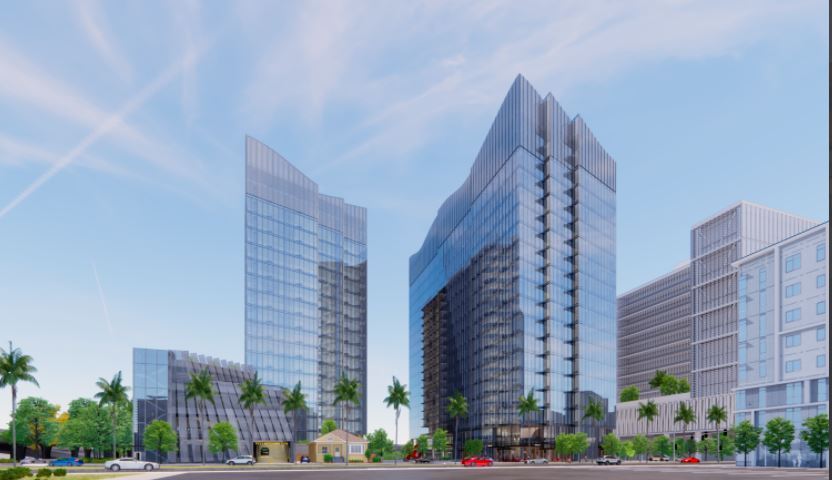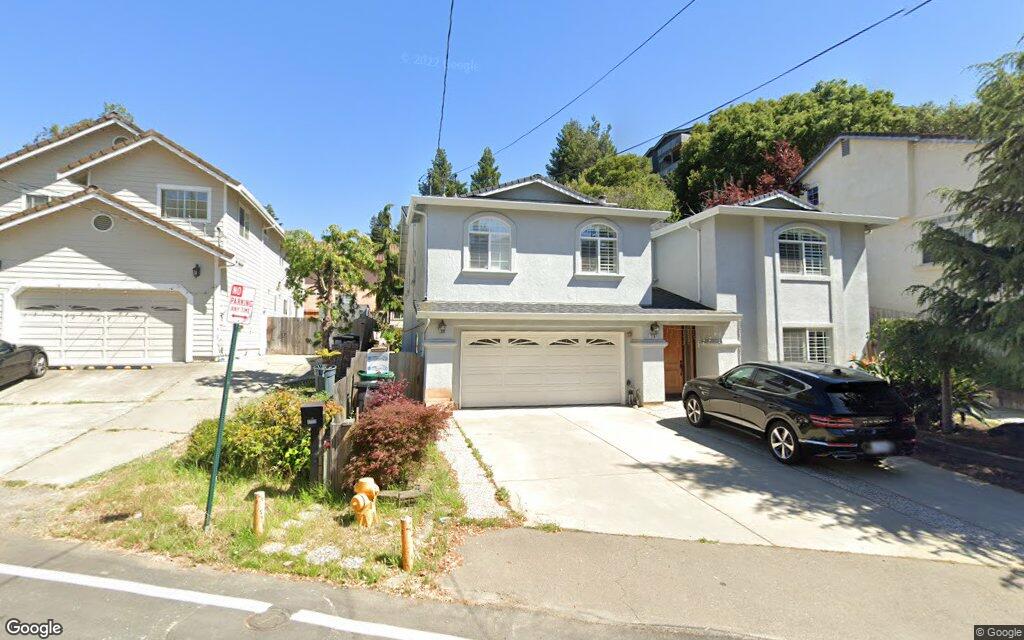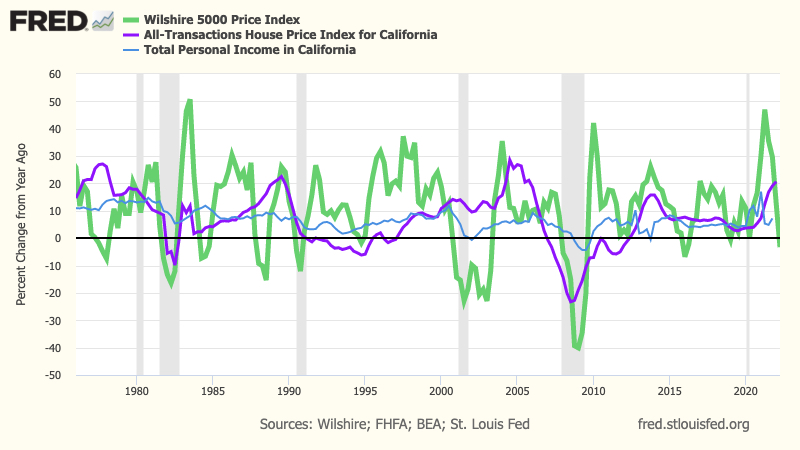A pair of shiny new office towers are coming to San Jose’s burgeoning skyline, set to replace 16 single-family homes on the southern periphery of the city’s downtown core.
A plan from Cupertino-based developer KT Urban to build two 20-story office towers on a 3.08-acre site near the interchange of Interstate 280 and Highway 87 has been given the go ahead by San Jose leaders,
“We saw this project really as an opportunity to create a focal point within the city of San Jose skyline,” said Timothy Boylan of C2K Architecture, the firm that designed the structures. “Whereas the majority of buildings end in a horizontal line, ours contradicts that. It chooses to have a curvilinear form on its roofline, really creating this iconic landmark.”
The glass towers, located at 276 Woz Way, will total 1.85 million square feet, including 10,107 square feet of ground floor retail space, approximately 1.23 million gross square feet of commercial office space and eight levels of garage parking with more than 1,200 spaces. A public paseo and internal street will be created between the two towers to connect pedestrians and vehicles from South Almaden Boulevard to the Guadalupe River Trail and Woz Way.
Once completed, the development is expected to serve as headquarters for a high-tech firm or biomedical company, given the spacious floor plans of the buildings.
To build the project, KT Urban will stitch together 16 properties with single-family homes that they will purchase and then raze or attempt to relocate. All of the homes were built in the early to mid-twentieth century and five of them were seen as contributors to a potential city landmark historic district.

Some residents raised concerns about the project displacing residents and contributing to the gentrification of San Jose’s downtown area.
“You guys might think that you can gentrify our places, but just know that you are going to gentrify your own grandkids as well,” San Jose resident Brenda Zendejas said during Tuesday’s city council meeting where the project was approved.
But city leaders say the office space is a much better use of the land.
“For downtown core parcels, this current land use of the single family homes was certainly not at its highest and best use,” said councilmember Raul Peralez, who represents the downtown area. “We obviously want to see more housing coming in, but we also want more jobs.
“In this case, certainly we have a benefit of getting a number of new jobs, which can greatly benefit the downtown core, and this of anywhere is where we want to be able to build as dense and high as possible.”
Mayor Sam Liccardo said that given the site’s proximity to the two freeways and the downtown core, that it was “inevitable that there was going to be some very significant urban scale development here.”
The new office complex will be located within a short walk of many of downtown San Jose’s biggest downtown attractions, including the McEnery Convention Center, the Children’s Discovery Museum and the Diridon transit station — an area of high interest to developers and tech giants.
Despite economic woes exacerbated by the pandemic, developers like KT Urban, Sobrato Organization and Urban Catalyst as well as tech giants like Google and Adobe continue to forge ahead with project plans in downtown San Jose.
Last month, the city approved Google’s 80-acre mega campus and transit village called Downtown West consisting of apartment complexes, hotels, shops, restaurants, and office buildings where the search giant could employ 25,000 people.
Mega-developer Westbank and development entrepreneur Gary Dillabough also are moving forward with the development or upgrade of a handful key projects in downtown San Jose, including the renovation of the Bank of Italy Building, which is expected to begin within weeks.
And, earlier this month project developer Acquity Realty bought a downtown San Jose property for $20 million, intending to build a 21-story tower that is slated to include a mix of offices, homes, and a restaurant or retail.
“It’s certainly encouraging to see the confidence that so many have in our downtown at a time when most major cities are still licking their wounds and trying to recover from a painful pandemic,” Liccardo said in an interview. “If we get this right, we’ll be able to demonstrate to the rest of the country how San Jose can lead the way to a more equitable recovery.”










